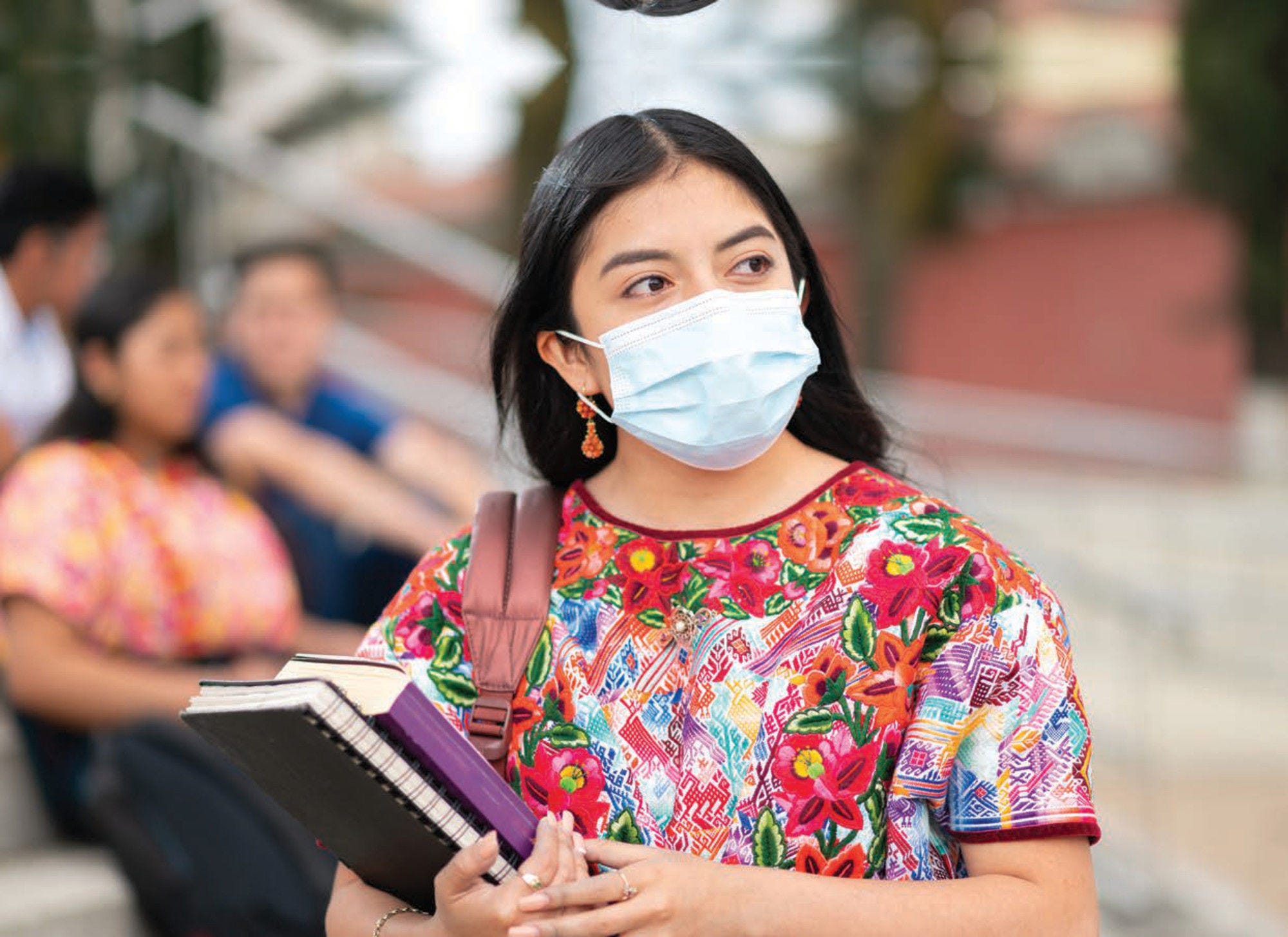In the Latin American and Caribbean (LAC) region, life expectancy at birth continues to rise on average despite the onset of the COVID‑19 crisis, driven by the steady reduction in mortality at all ages, and particularly of infant and child mortality in all countries (see indicators “Infant mortality” and “Under age 5 mortality” in the following sections). These gains in longevity can be attributed to several factors, including rising living standards, better nutrition, and improved drinking water and sanitation facilities (see indicator “Water and sanitation” in Chapter 4). Healthier lifestyles, increased education, and greater access to quality health services also play an important role (Raleigh, 2019[1]).
Life expectancy at birth for the whole population across the LAC31 region reached 75.1 years on average in 2021, a gain of 3.9 years since 2000. In comparison, OECD countries gained 3.4 years during the same period (Figure 3.1, left panel). However, a large regional divide persists in life expectancy at birth. The countries with the longest life expectancy in 2021 were Chile and Costa Rica at around 81 years, closely followed by Barbados at just below 80 years. In contrast, three countries in the LAC region had total life expectancies of less than 70 years (Haiti, Guyana and Bolivia). In Haiti, a child born in 2017 can expect to live an average of fewer than 65 years.
Women tend to live longer than men do (Figure 3.1, right panel), but the degree of this disparity also varies across countries. The gender gap in life expectancy stood at 5.5 years on average across LAC31 countries in 2021, slightly higher than the OECD countries average of 5.4 years. The gender difference was particularly large in El Salvador, with a more than nine years gap, as well as in Venezuela, Brazil, Uruguay and Nicaragua, with gaps of seven years or more. Women also have greater rates of survival to age 65 (Figure 3.2), regardless of the economic status of the country. On average, across LAC countries, 83.7% of a cohort of new-born females would live to age 65, while only 74.2% of new-born males would live to age 65. Only in Costa Rica and Chile, more than 90% of new-born females are expected to live to age 65, still below the OECD average of 91.8%.
Higher national income – as measured by GDP per capita – is generally associated with higher life expectancy at birth (Figure 3.3). There were, however, some notable differences in life expectancy between countries with similar income per capita. For instance, Costa Rica and Chile had higher, and Guyana had lower life expectancies than predicted by their GDP per capita alone.
Gender-based differences in life expectancy can be explained by changes that occurred in the past century, such as reductions in maternal mortality, as well as the decrease in the total fertility rate, increased smoking by men, and the reduction in infectious diseases, all of which disproportionately benefited women (Goldin and Lleras-Muney, 2018[2]).
Socio-economic status and education play an important role in life expectancy, as seen in the case of a diverse range of LAC countries such as El Salvador, Peru and Honduras, where the higher educational background of mothers and household wealth are associated with better infant and child survival (see indicators “Infant mortality” and “Under age 5 mortality”).



